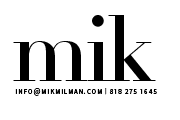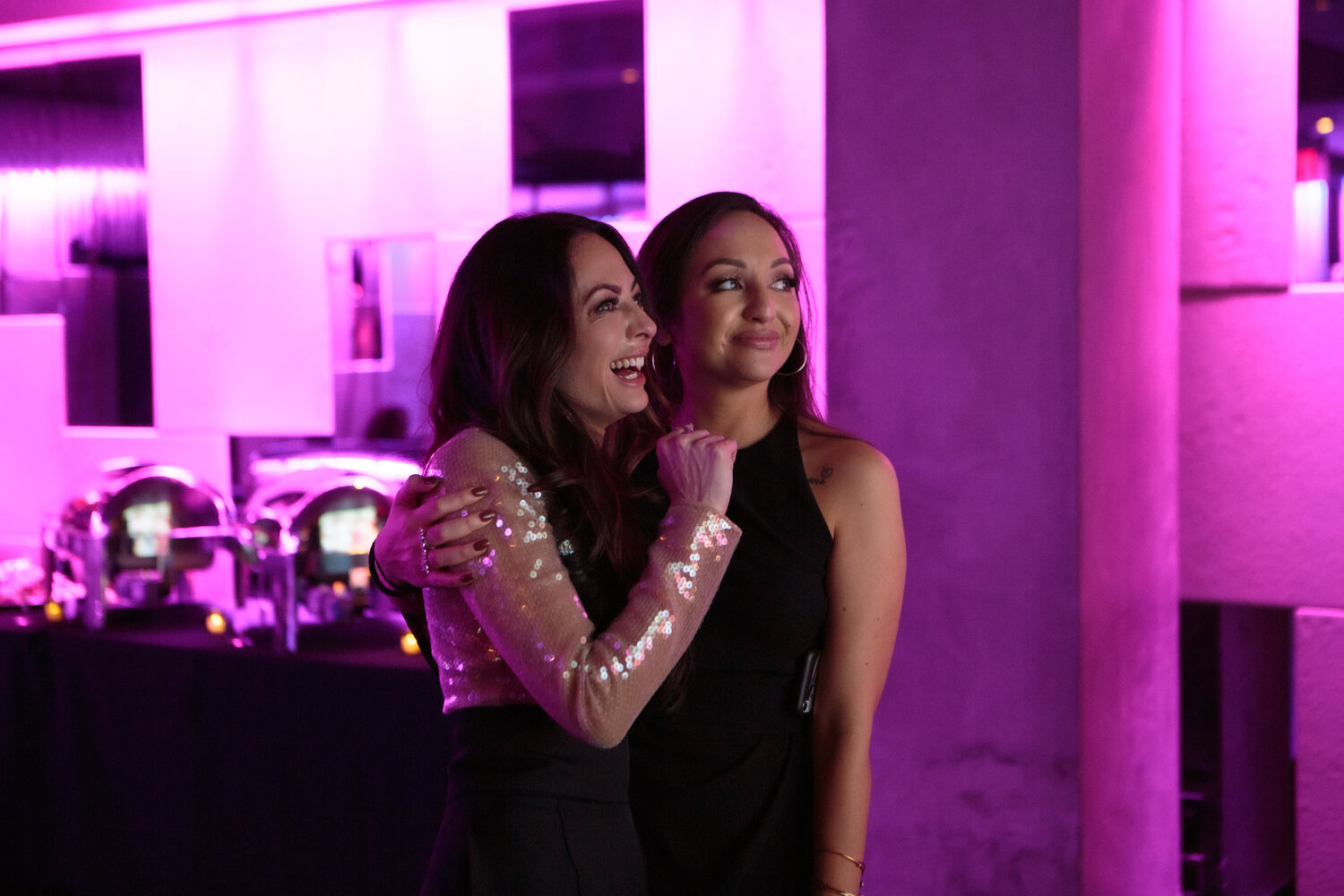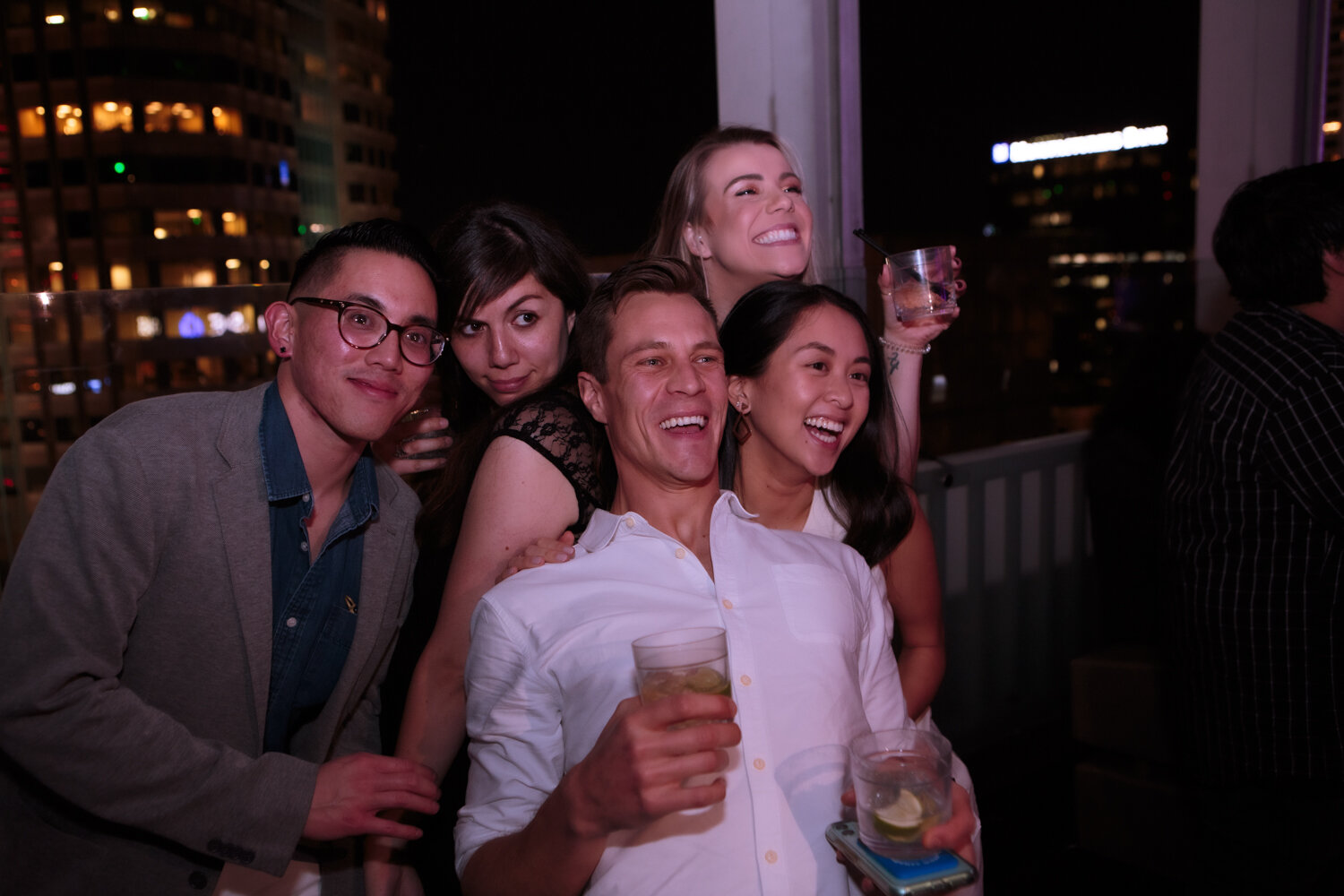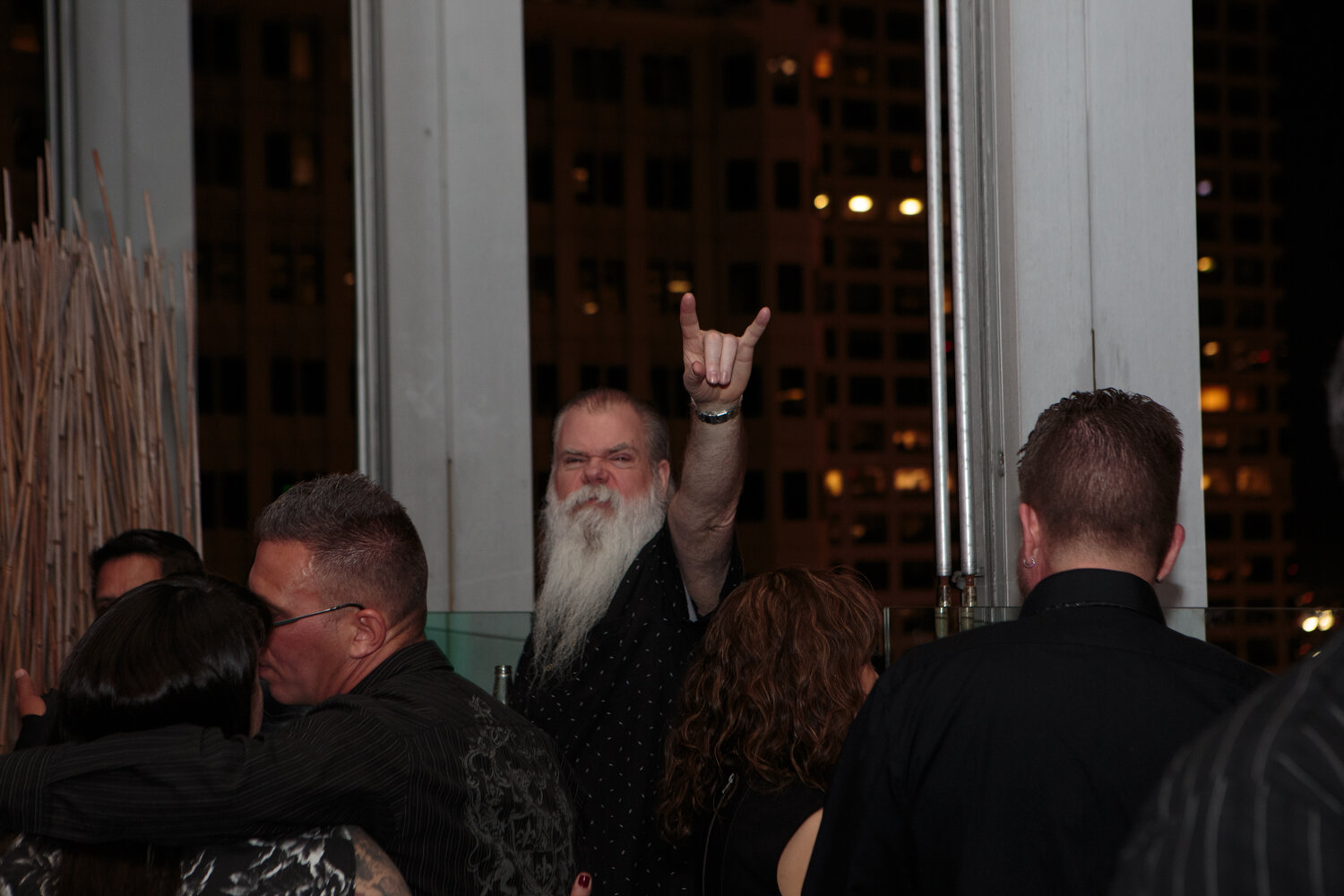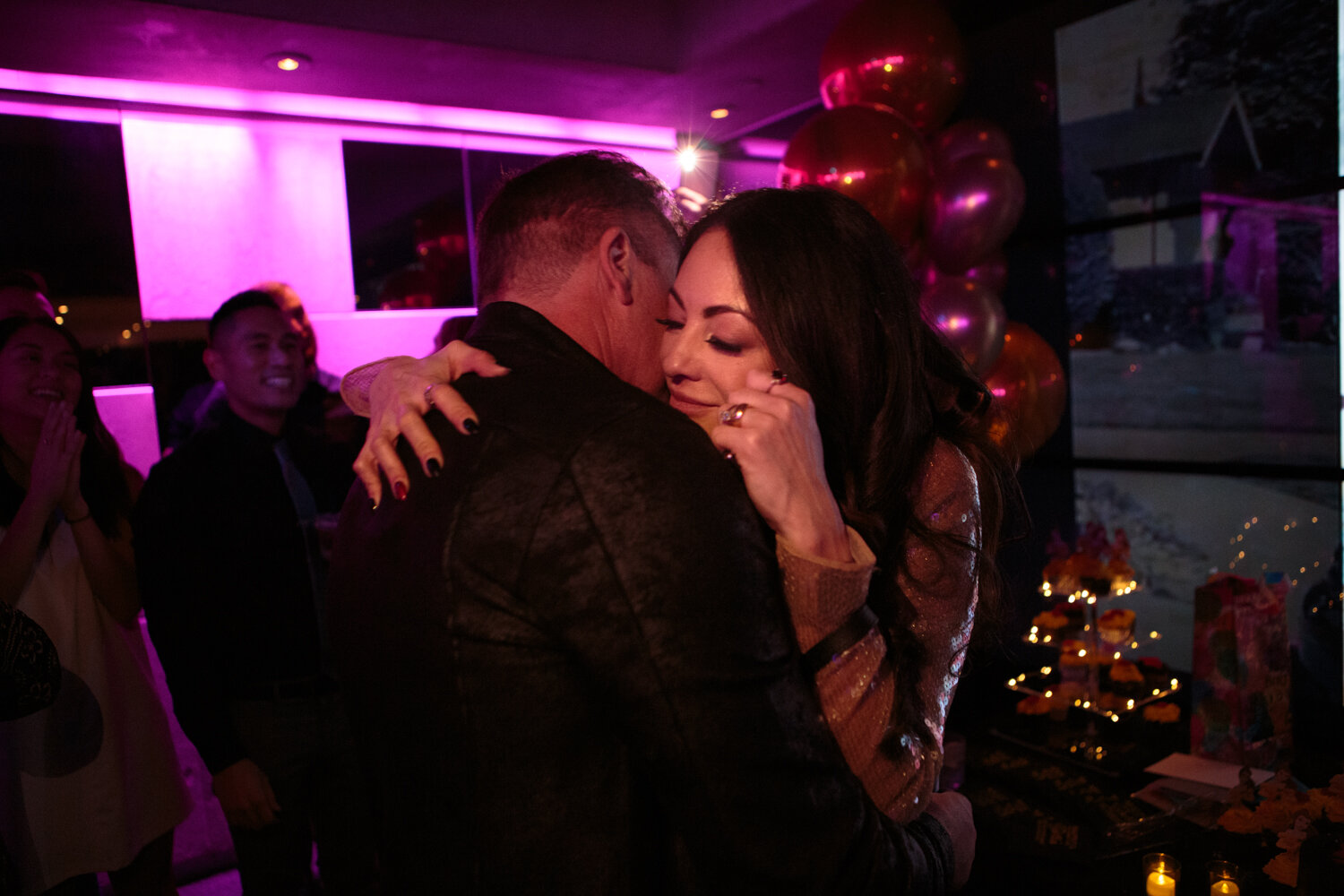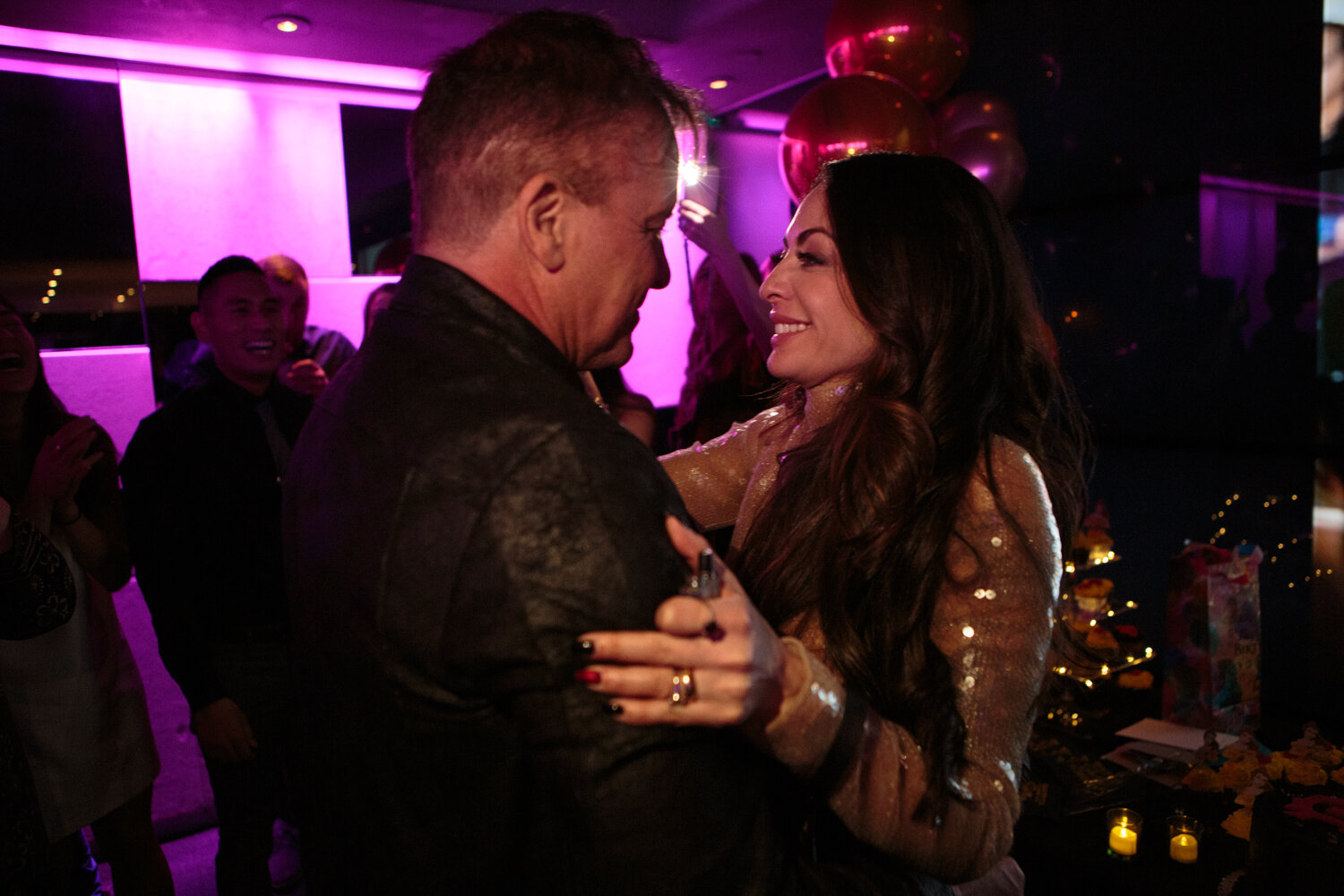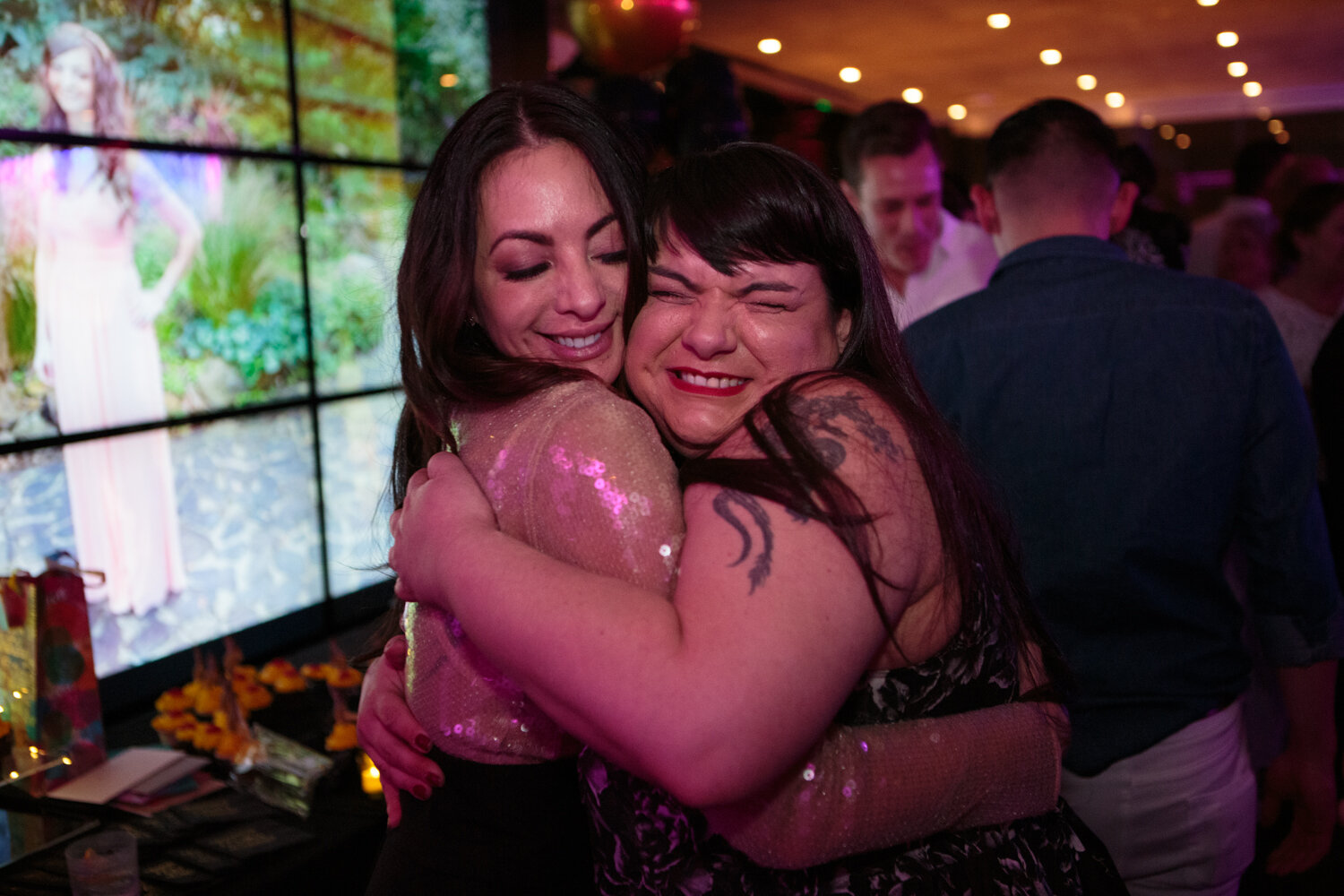In the above video and proceeding outline, I will discuss how to maximize your event photography coverage.
All of these tips and approaches to event photography come from over 13 years of experience as a professional event photographer in Los Angeles.
Event Photography Tips: How to Properly Cover an Event (Maximum Coverage!)
Here is what will be covered:
What your objective is, overall.
How it changes from event to event.
Lastly, How you can maximize your event photography coverage throug:
Logistical and practical event photography tips
Technical event photography tips
and Philosophical tips and exploration
The first thing to understand is what your objective is DEPENDING on the type of event you’re photographing:
This will OF COURSE vary vastly depending on the job and
It is important to understand Intended use
Corporate and political event photography clients will likely use your images for :
Marketing and promotion
Their Website
Or simply documentation for internal use
But with private event photography, intended use will likely include:
Documentation, of course
Social media posts
Framed prints
And things of that nature
With a firm understanding of intended use, you should of course...
Balance this, with your personal objective as a photographer.
As a professional event photographer in Los Angeles, for me, at every event, I:
love capturing meaningful, emotion filled moments far more than “cool shots”
want my event photography images to be windows to what it was like to be there
want to create visual reminders of how people felt in those moments at the event
But additionally, I have ever changing goals when it comes to how I work and what I want to achieve.
And lastly, I have a career goal as a professional event photographer in Los Angeles, which is:
To raise the bar, and challenge people’s notion of what event photography is, and what an event photographer can be.
So let's move onto a discussion of what maximum event photography coverage is, exactly.
Maximum Coverage vs more photos: Its about creating images, shot with intent, that are about something, that serve your clients needs- not getting more photos!
It is about finding a balance between focussing on VIPs and covering as many moments and participants as possible.
It's about capturing a wide variety of images of varying shot types at an event... In order to tell a well rounded visual story.
I’ve created a video on the shot types at your disposal that I encourage you to check out if you haven't already since This video is about getting as many of those shots as possible, not what those shots are.
But on top of that special focus, it's important to occasionally scan the room when photographing an event and keep a toll on who you’ve already photographed. But remember, while you want to get a shot of as many people as possible in attendance, you want to balance that with shooting with intent and making meaningful images. So don’t over linger on one person as you may end up missing other potential shots.
VIPs at various events often include:
Guest speakers
MCs
The Birthday boy or girl
Family members
And possibly Celebrities (I photograph a lot of these as a Los Angeles event photographer
Logistical and practical tips for maximizing your event photography coverage.
As a professional event photographer, you want to show up to a job ready to shoot. So what this means is:
Prep your gear in advance and have your:
Your lenses already cleaned
Your cameras tested
Your memory cards formatted
And your file formats checked (necessary for me since I teach and kids shoot jpegs)
Have your camera set up in a way in which you won't have to fumble around in menus.
Find a convenient spot for your equipment that you can easily return to it throughout the night. I personally only shoot with two camera bodies when necessary and swap lenses often throughout an event so it is important that in doing so I miss as few shots as possible.
BREAKS: I personally don't take many, but if not taking a break will affect your performance, TAKE A BREAK. Be wise.
You want to be friendly- this matters - But Learn how to politely exit conversations- especially uncle bob asking about your camera. You do not want to get bogged down in unnecessary conversation.
Stay fit, learn to fast and avoid blood sugar spikes.
My last Logistical tips for maximizing your event photography coverage
On top of that special focus on VIPS, as I have discussed, it's important to occasionally scan the room and keep a toll on who you’ve already photographed. But remember, while you want to get a shot of as many people as possible in attendance, you want to balance that with shooting with intent and making meaningful images. So don’t over linger on one person as you may end up missing other potential shots.
My philosophical tips for maximizing your event photography coverage
Stay present
Ego is a buffer between perception and reaction- don't be in your head
Clear your mind / meditate in the car before starting the job
I use this time to clear my mind and set intentions.
Engage with your senses, Listen for the life of the party.
Technical tips for maximizing your event photography coverage
Setup your camera in a way in which you never have to open menus
Pre Select Your Focal Point.
Time Your Shot Ahead of the Peak of Action.
Shoot with both eyes to be able to spot alternative moments while waiting for a shot.
